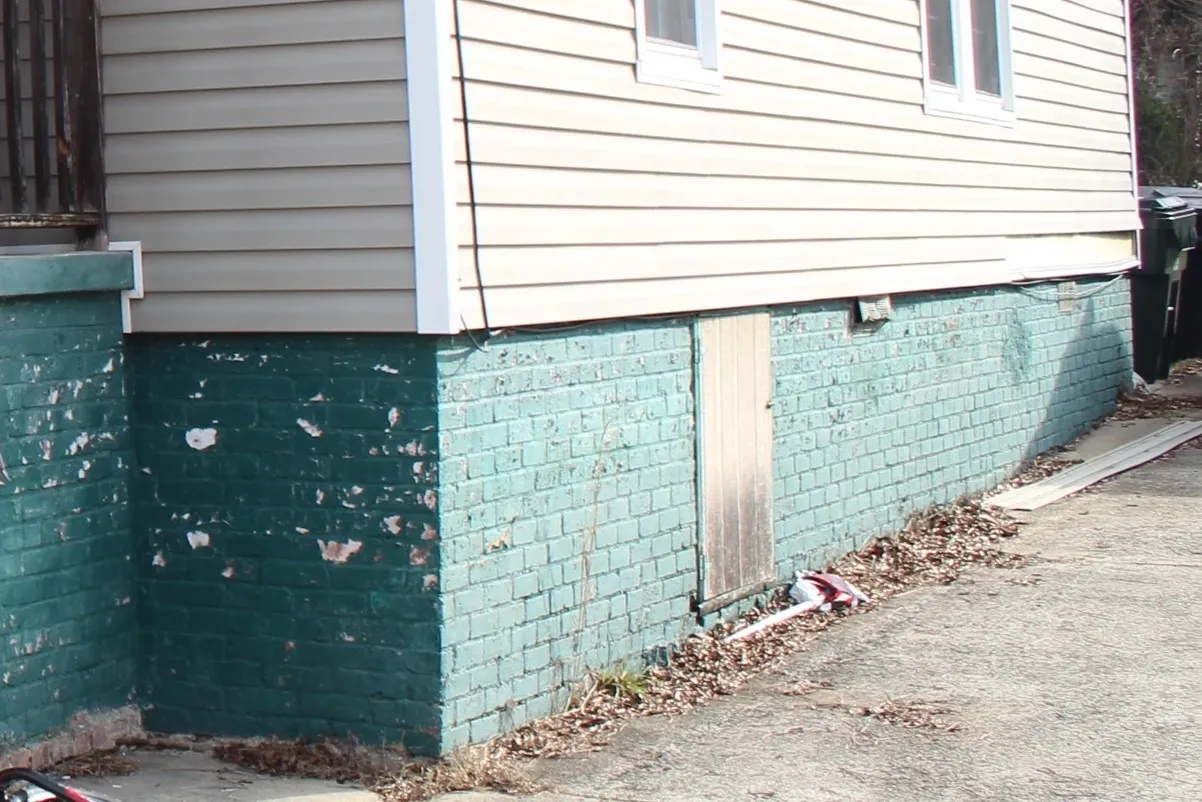
Is That Space Safe?
All fire investigators, field insurance adjusters and others working in the post-fire environment should understand the definition of a confined space and be able to recognize these conditions at a post-fire scene. The typical example of a confined space encountered at a residential structure is a crawlspace, but other structure types can contain areas that meet the definition and residential structures can have other areas that meet the definition. A confined space is defined by the U.S. Occupational Safety and Health Administration (OSHA) at 29 CFR 1910.146(b) as a space that: “(1) is large enough and so configured that an employee can bodily enter and perform assigned work, and (2) has limited or restricted means for entry or exit and (3) is not designed for continuous employee occupancy.”. The typical residential crawlspace that many of us are in regularly certainly meets this definition. There are two types of confined spaces.
A “permit-required confined space (permit space) means a confined space that has one or more (emphasis added) of the following characteristics: (1) contains or has a potential to contain a hazardous atmosphere; (2) contains a material that has the potential for engulfing an entrant; (3) has an internal configuration such that an entrant could be trapped or asphyxiated by inwardly converging walls or by a floor which slopes downward and tapers to a smaller cross-section; or (4) contains any other recognized serious safety or health hazard (emphasis added).” 29 CFR 1910.146(b)
A “non-permit confined space means a confined space that does not contain or, with respect to atmospheric hazards, have the potential to contain any hazard capable of causing death or serious physical harm.” 29 CFR 1910.146(b)
The OSHA regulations also say that the employer, “shall evaluate any workplace meeting the definition of a confined space to determine if any spaces are permit-required confined spaces.” 29 CFR 1910.146(c)(1). In the case of someone working alone at a post-fire scene, this responsibility would logically fall to the worker, who should be looking out for their safety. The regulations go on to say that “before an employee enters a confined space, the internal atmosphere shall be tested, with a calibrated direct-reading instrument, for oxygen content, for flammable gases and vapors, and potential toxic air contaminants, in that order. Any employee who enters the space, or that employee’s authorized representative, shall be provided an opportunity to observe this pre-entry testing.” 29 CFR 1910.146(c)(5)(ii)(C)
First and foremost, the average worker should not enter a permit-required confined space under any circumstances. Before entering any area that is a non-permit confined space, you should do the following to ensure your safety and comply with the regulations.
1. Use appropriate testing methods to ensure that the atmosphere within the space is not oxygen-deficient (containing less than 19.5 percent oxygen by volume) or oxygen-enriched (containing more than 23.5 percent oxygen by volume) and does not contain any other harmful substances.
2. Ensure that the electrical service to the structure is off. Because of the number of branch circuits that could be running through the area, it will likely be difficult to identify and turn off all of them.
3. If there is natural gas service to the structure, ensure that it is off at the service line or, if propane, at the tank. Alternatively, use the testing methods listed above to ensure a safe atmosphere.
4. Ensure that the confined space does not contain any other hazard that could cause death or serious physical harm.
5. Always wear proper PPE including appropriate respiratory protection while working in a confined space.
6. Ensure that enough lighting is present to work in the confined space, be able to detect potential hazards, and to safely exit the confined space in the event a hazard is detected.
If you enter a non-permit confined space after reasonably ensuring that it is safe and subsequently encounter a potentially hazardous condition, you need to immediately exit the space and not re-enter until the hazard has been eliminated.
Readers are encouraged to review all the applicable sections of 29 CFR 1910 to have a complete understanding of the OSHA regulations on this subject. And if for some reason OSHA regulations do not pertain to you/your employer, you should still follow these important safety practices.
